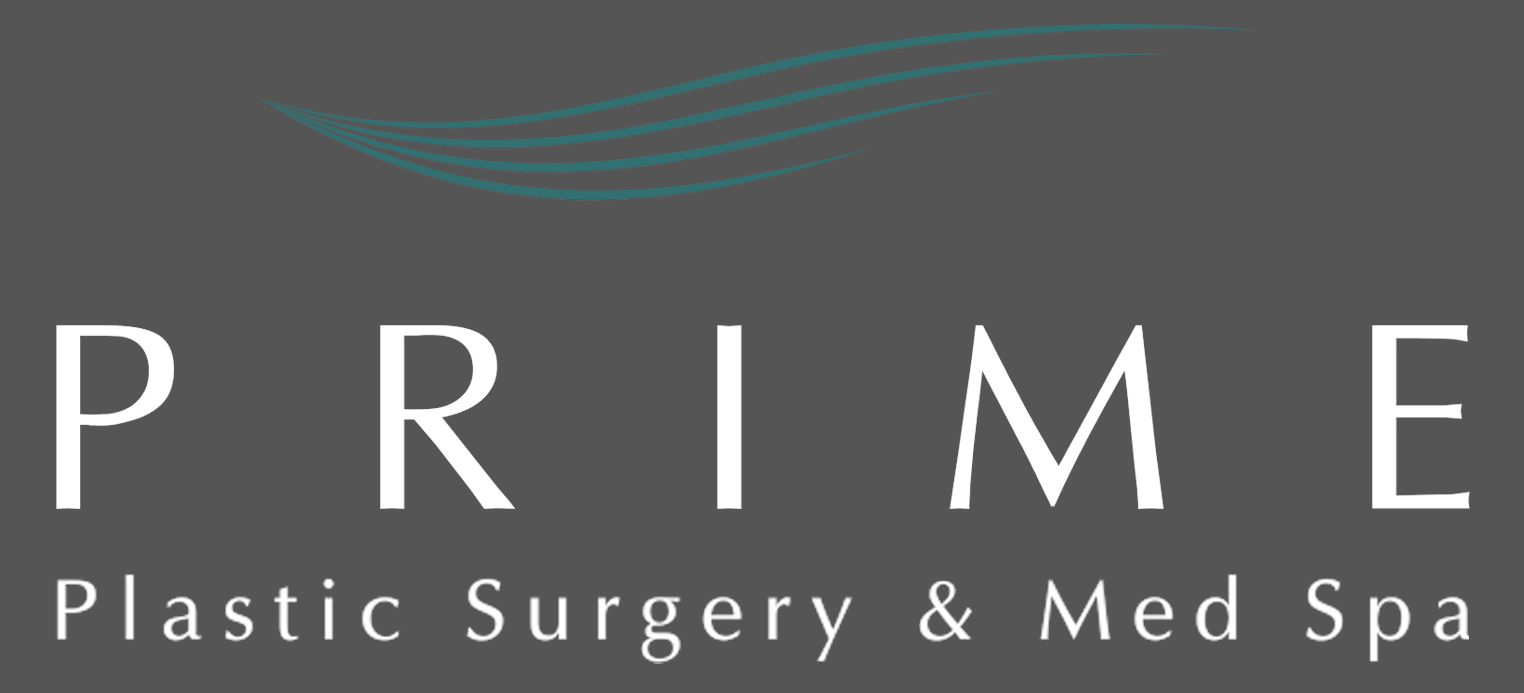Have you ever noticed one of your breasts is a different size or shape? When you put on your favorite bra, is one breast filling the cup a little different than the other? You are not alone. As many as 90 percent of women have some type of asymmetric breasts, be it size, shape, or positional differences. For many women, these subtle differences are not noticeable, but for others, they leave them feeling self-conscious. So what causes breast asymmetry, and what can you do about it?
What Causes Breast Asymmetry
Breast asymmetry can mean a variety of different things. Not only can breasts be different in size, but asymmetry can also refer to breasts that sit differently, areolas that are not uniform in size or color, or nipples that are different sizes or shapes. The uneven appearance of your breasts can result from many factors.
- Puberty – It is not uncommon for new breast tissue to grow at different rates, with one breast starting before the other. In most cases, this initial growth balances out in time.
- Pregnancy – Breasts often change during pregnancy and breastfeeding as your body prepares for lactation. If you are breastfeeding, it is not uncommon for breasts to vary in size, especially if your baby favors one breast over the other.
- Menstrual Cycle – You may notice changes to the size and fullness of your breasts throughout your menstrual cycle, and asymmetry is common during these changes.
- Fibroids or Cysts – The development of fibrous breast lumps or cysts may cause changes in size or shape. If you notice these changes, it is important to have them checked. While most are benign, they can be a sign of breast cancer.
- Scoliosis – Scoliosis is a curvature of the spine that can also affect the rib cage. When this occurs, it can affect breast development, creating breast asymmetry.
- Hypoplastic Breasts – Hypoplastic breasts are underdeveloped, often presenting as small, thin, spaced far apart, and often uneven.
- Juvenile Hypertrophy – While rare, juvenile hypertrophy is a condition that causes one breast to grow significantly larger than the other.
Studies show that breast asymmetry can be an early risk factor for breast cancer. If you notice changes in your asymmetrical breasts, contact your physician and schedule a mammogram to rule out potential breast cancer.
Treating Breast Asymmetry
If uneven breasts are causing you to feel self-conscious, there are options available. Procedures are available to help lift, reshape, increase volume, or change areola and nipple locations to create a more symmetrical appearance. For example, if one breast is much larger than the other, breast augmentation or breast reduction can help create balance. If one breast sits higher than the other or if the areolas and nipples vary in position, a breast lift can achieve a perky appearance while also ensuring areola and nipple placement are uniform.
If uneven breasts have you wearing bulky, baggy shirts, the team at Prime Plastic Surgery can help you achieve your breast goals. To learn more, call 858-285-4667 to schedule a consultation and take the first step to a more confident you.





